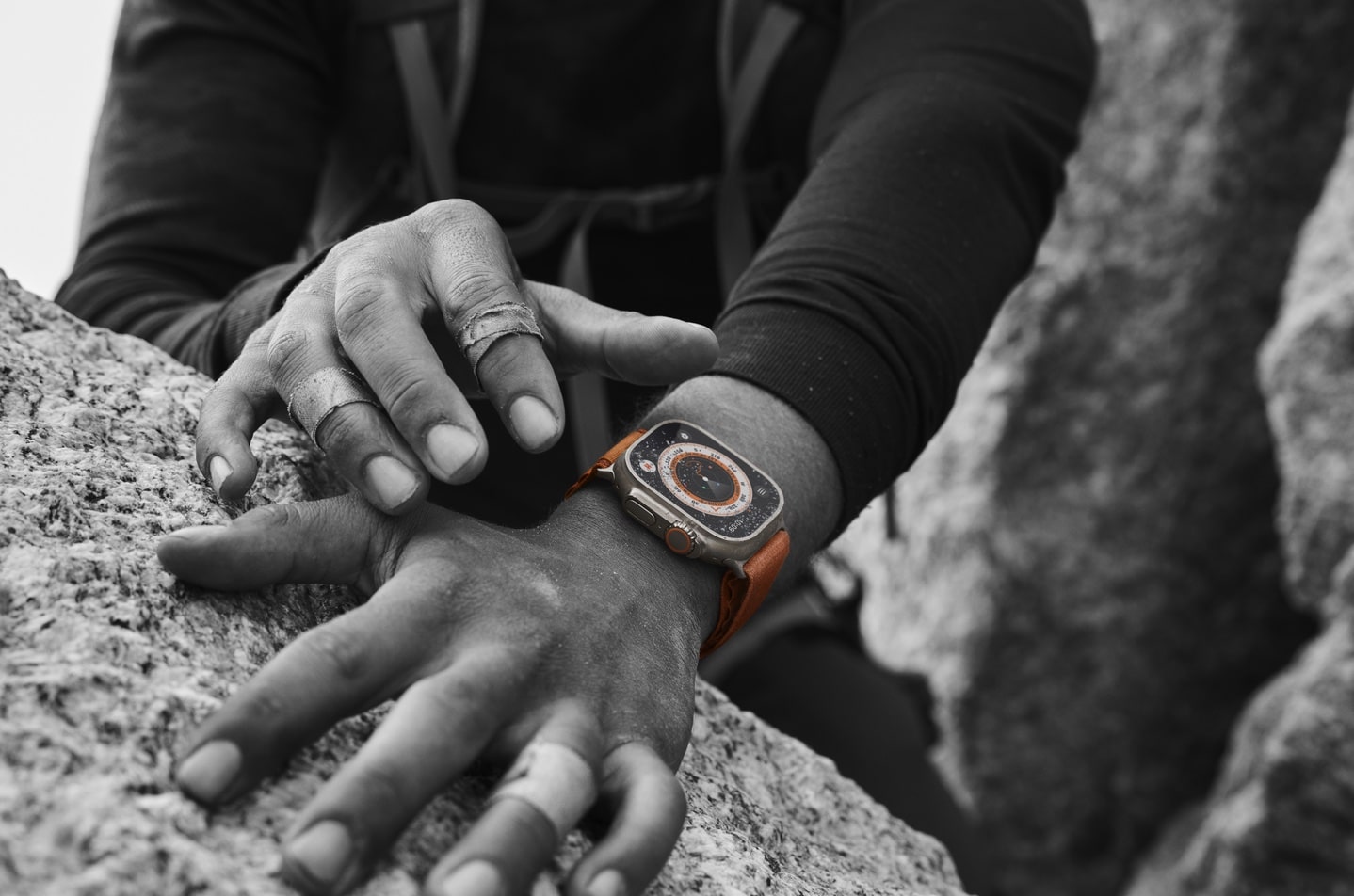The technology utilizes a sophisticated algorithm that processes information from the device’s accelerometer and gyroscope. These sensors continuously monitor the wearer’s movement and, when they register forces indicative of a vehicular impact, the crash detection feature is triggered.
Once a crash is detected, the Apple Watch initiates a series of actions aimed at getting help for the user. It starts by sounding an alarm and displaying an alert, giving the wearer the option to dismiss the alert if assistance is not needed.
If the individual is unresponsive after a short period, the watch automatically contacts emergency services. It sends the user’s location and informs the responders that a crash has occurred, potentially speeding up the arrival of aid.
This system’s effectiveness hinges on the watch’s ability to distinguish between everyday jolts and the extreme forces typically experienced during a vehicle collision.
It reflects Apple’s commitment to integrating health and safety technology into its products, offering users both convenience and peace of mind.
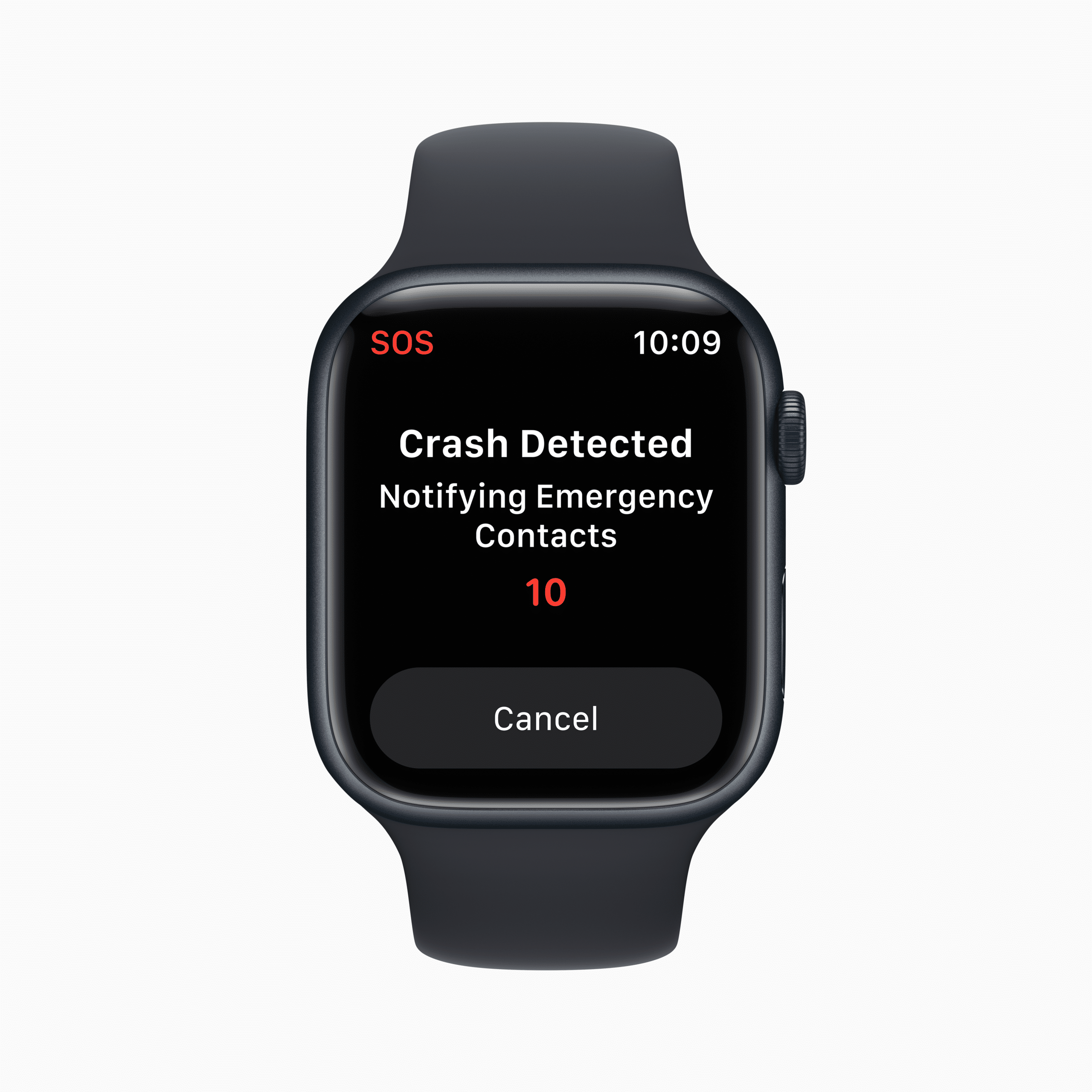
Overview of Crash Detection Technology
The Apple Watch’s crash detection technology is designed to accurately detect a severe car crash, including truck accidents, and summon help when a user might not be able to do so.
Sensors and Components Involved
The crash detection feature on the Apple Watch makes use of a sophisticated array of sensors including:
- Accelerometer: Capable of measuring changes in force up to 256 g-forces.
- Gyroscope: Assesses the watch’s rotation and angular velocity.
- GPS: Provides location data essential in the event of an incident.
The combination of these sensors allows the Apple Watch to detect the sudden force, shifts in gravity, and abrupt changes in motion typically associated with severe vehicular crashes.
Algorithm & Data Analysis
The core of the crash detection feature is a complex algorithm that analyzes sensor data in real time. It looks for specific patterns that match the profile of a severe crash:
- Sudden deceleration followed by a period of immobility suggestive of an impact.
- Dramatic changes in the wearer’s orientation or position.
Upon detecting a potential crash, the Apple Watch will notify the wearer and ask if they are okay. If there is no response within a certain timeframe, it will automatically initiate a call to emergency services and share the location data.
The algorithm also continues to learn and improve over time to reduce false positives and ensure reliable operation across different types of vehicles, including trucks.
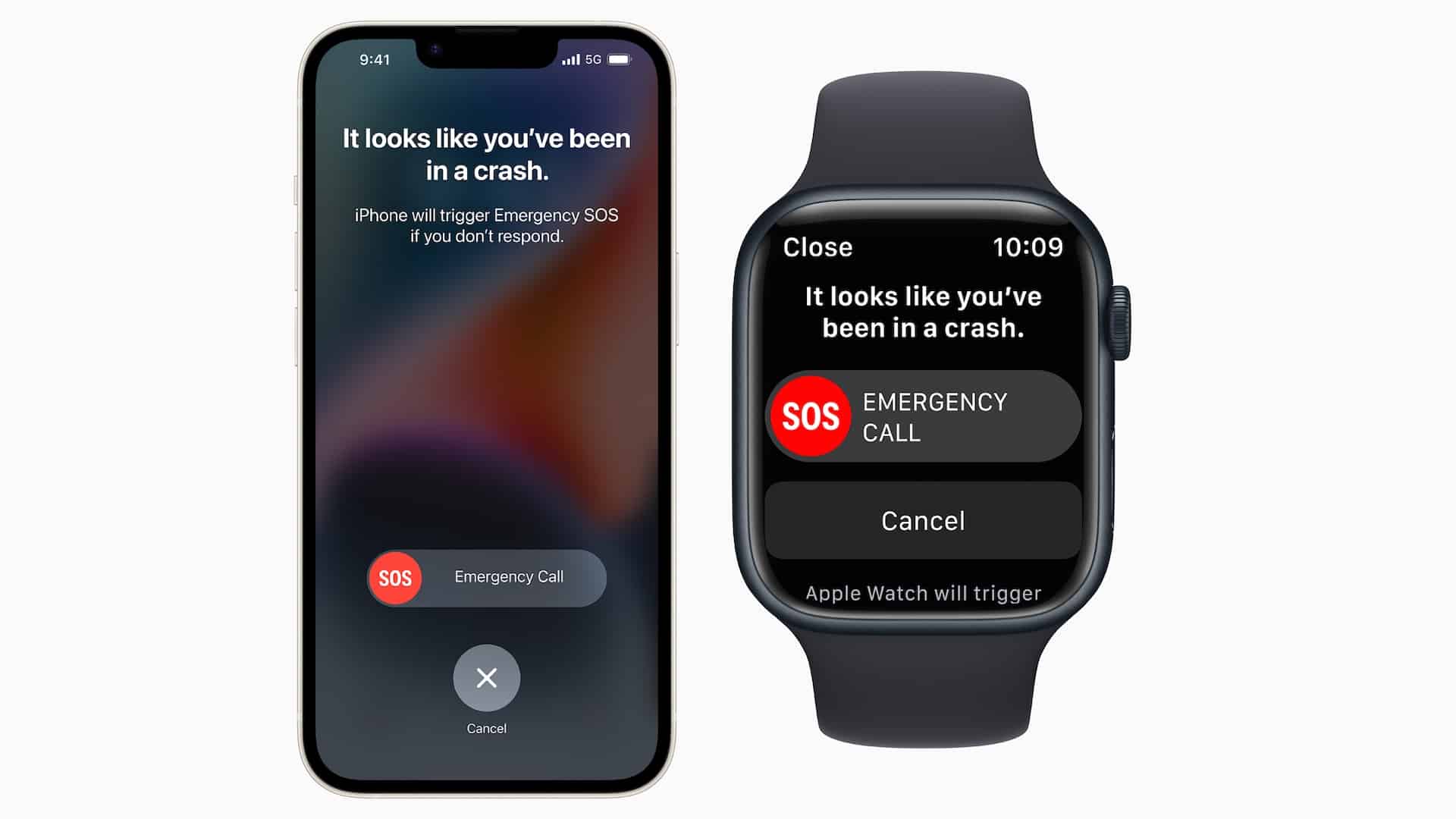
How Crash Detection Responds to Accidents
When an Apple Watch detects a hard fall or crash, it initiates a series of actions aimed at assessing the situation and, if necessary, seeking help.
Instantaneous Reaction to Crashes
Upon a significant impact, sensors embedded in the Apple Watch, like the accelerometer and gyroscope, instantly evaluate motions consistent with an accident. The device uses proprietary algorithms to distinguish between a genuine crash and other high-impact activities. If a potential accident is detected, the watch will trigger a check for user responsiveness.
- Immediate Notification: The wearer receives a visual and aural alert.
- User Response: A tap to the display or interaction with the watch can cancel emergency procedures.
Communication with Emergency Services
If the user is unresponsive after a crash, the Apple Watch’s built-in mechanisms proceed to the next line of defense – contacting emergency services.
- Automatic Countdown: A countdown begins, after which emergency services are alerted if no cancellation occurs.
- Message Transmission:
- Emergency services are contacted with the user’s location.
- User’s emergency contacts are informed simultaneously if set up in the Medical ID.
Emergency Responder Coordination: In the event of a severe collision, such as one involving a truck where a Naperville Truck Accident Lawyer might later be engaged, the responders are equipped with critical information even before arriving at the scene. The efficiency of emergency services’ response can be life-saving.
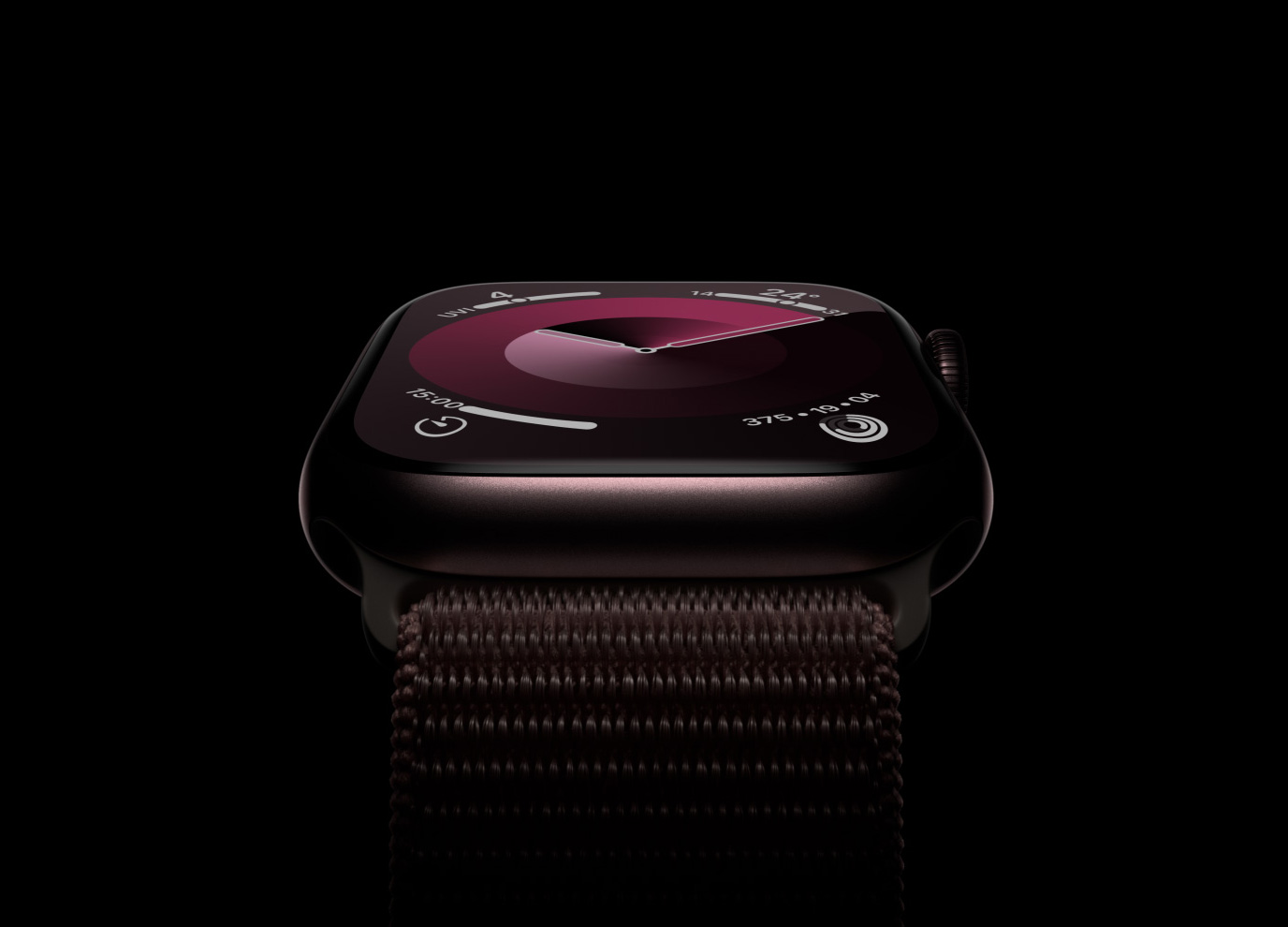
In this manner, the watch acts not only as a monitor but also as an automated alert system designed to facilitate rapid assistance.
Testing & Performance
The assessment of Apple Watch’s crash detection involves an evaluation of its functioning in controlled environments and its reliability in real-life situations.
Real-World Testing Scenarios
Apple tests the crash detection feature extensively by simulating a variety of car accidents. The scenarios include:
- Frontal Collisions: Impact tests with varying speeds and angles.
- Side Impacts: Simulated T-bone crashes to challenge sensor sensitivity.
- Rear-End Collisions: Evaluating the future’s response to common rear impacts.
These tests use specialized dummies equipped with sensors that mimic human physiological responses during a crash.
System’s effectiveness hinges on the watch’s ability to distinguish between everyday jolts and the extreme forces typically experienced during a vehicle collision. Data on the watch’s performance is meticulously collected for analysis.
Accuracy & Limitations
- Sensor Calibration: The watch’s sensors, including the accelerometer and gyroscope, must accurately detect sudden forceful movements. Their calibration is tested against industry-standard thresholds for crash forces.
- False Positives: A critical aspect of testing involves differentiating between rigorous activities and actual crashes. Apple aims to minimize false alarms, acknowledging scenarios where the watch could misinterpret high-impact activities as crashes.
| Activity | False Positive Rate |
| High-intensity sports | Low to Moderate |
| Amusement park rides | Low |
| Daily activities | Very Low |
In addition to reducing false positives, the Apple Watch’s ability to recognize false negatives—actual crashes not detected by the device—is put to the test. Limitations may arise from the complex nature of accident dynamics and the necessity for the technology to adapt to unanticipated variables.
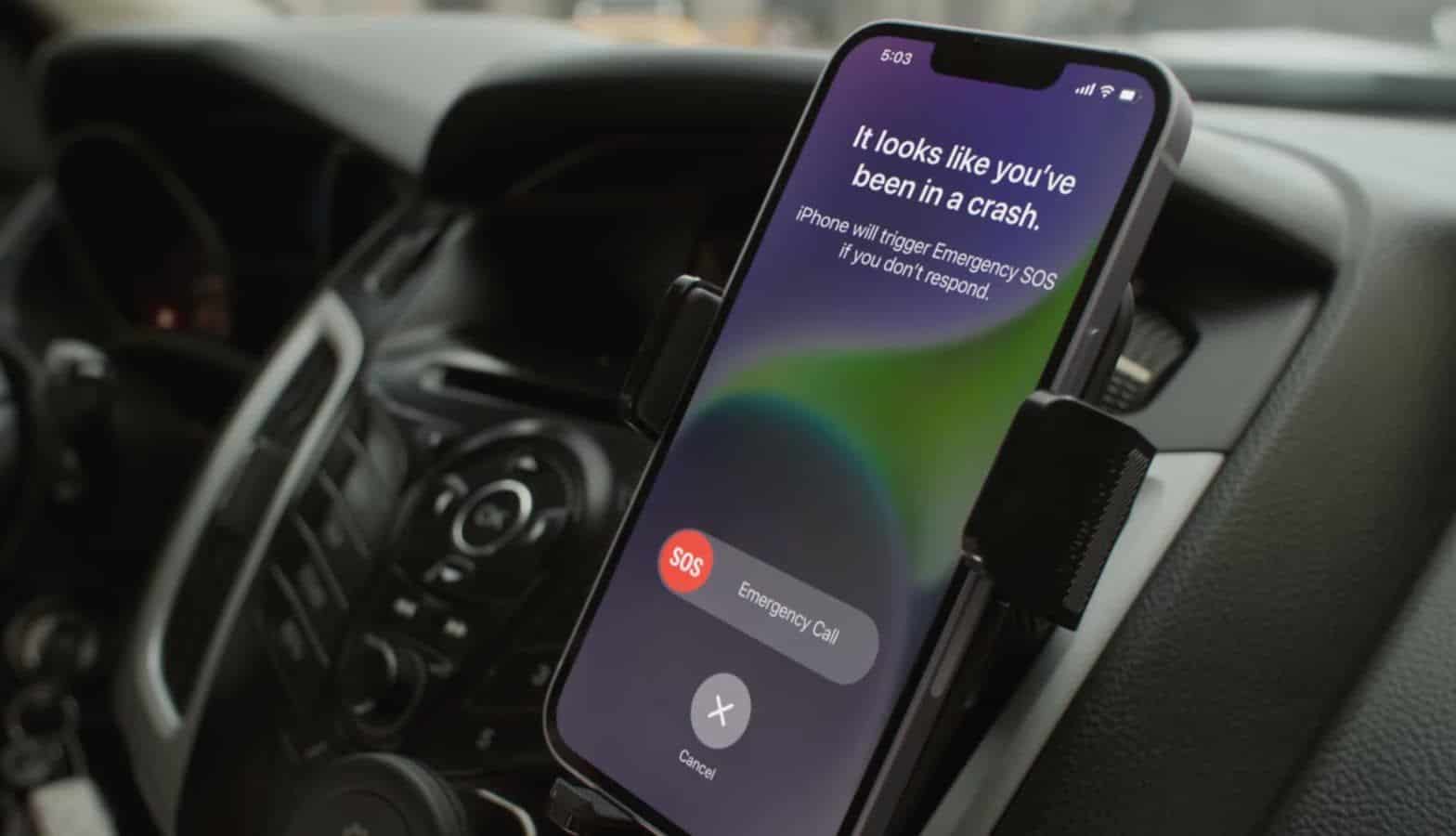
Legal & Ethical Considerations
The introduction of crash detection in Apple Watches brings to the forefront concerns around privacy and the potential legal implications stemming from accident data collection. These concerns are critical when considering incidents such as truck accidents and their subsequent legal proceedings.
Privacy Concerns
Apple Watch’s crash detection capability involves the collection of sensitive data that has raised privacy concerns. The device must adhere to strict data protection regulations to ensure users’ personal information remains confidential. Here are two primary privacy issues:
- Data Storage: The watch stores data about the user’s location and physical activity. There is a need for transparency about how this data is handled and who has access to it.
- Data Sharing: In the event of a truck accident, data might be shared with first responders or legal entities. Users should be informed about the extent of data sharing and have control over their information.
Implications for Accident Litigation
The data captured by Apple Watch during a crash can have significant effects on accident litigation. It presents new opportunities and challenges in the legal landscape:
- Evidence in Court: Data from the watch can serve as evidence, potentially influencing cases handled by entities such as a Naperville Truck Accident Lawyer.
- Accuracy and Reliability: The dependability of the watch’s data in legal settings must be scrutinized, as it could impact judgements in cases such as truck accidents.
Lawyers and individuals involved in litigation should be aware of the capabilities and limitations of such technology when used as evidence in legal proceedings. It is important that the application of this data respects the privacy of the individuals involved, all the while providing accurate information that could prove critical in legal cases.
